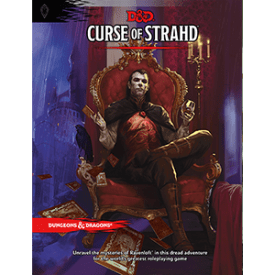Alphastream
Adventurer
These 3E numbers are not good. Even the 5E adventures with the slowest first year of sales had probably about 60k sales. And the earliest/slowest ones often picked up or held steady over time for most of a decade. Storm King, according to BookScan data, had a minimum of 20.5k sales, but to date 72.3k. And that's perhaps a quarter of all sales. (I should add that the highest-selling 5E adventure wasn't even at a full year of sales when it had 84k sales on BookScan, which is an incredible amount if that's a quarter or less of overall sales.)
We know 3E adventure sales were bad, because at the very beginning of 4E the design team was saying there would be few adventures because adventures don't sell well. I believe staff said something similar during 3E. 5E is the edition that seemed to crack the code on how to create adventures with big sales. A lot of it is simply to have a fantastic and popular edition, but they also were smart initially over how they marketed adventure seasons, how they included setting and player content, and various other strategies.
We know 3E adventure sales were bad, because at the very beginning of 4E the design team was saying there would be few adventures because adventures don't sell well. I believe staff said something similar during 3E. 5E is the edition that seemed to crack the code on how to create adventures with big sales. A lot of it is simply to have a fantastic and popular edition, but they also were smart initially over how they marketed adventure seasons, how they included setting and player content, and various other strategies.


